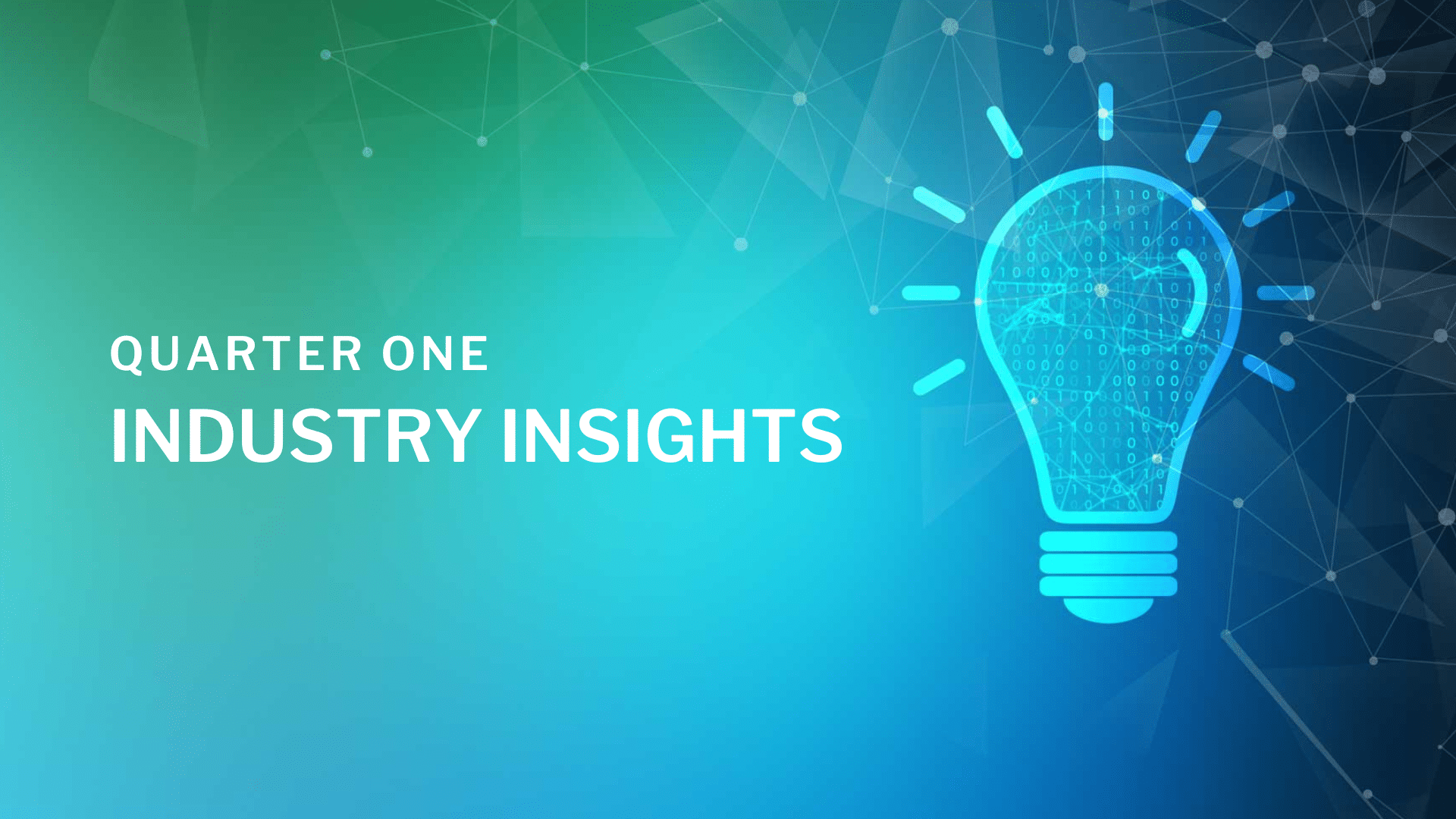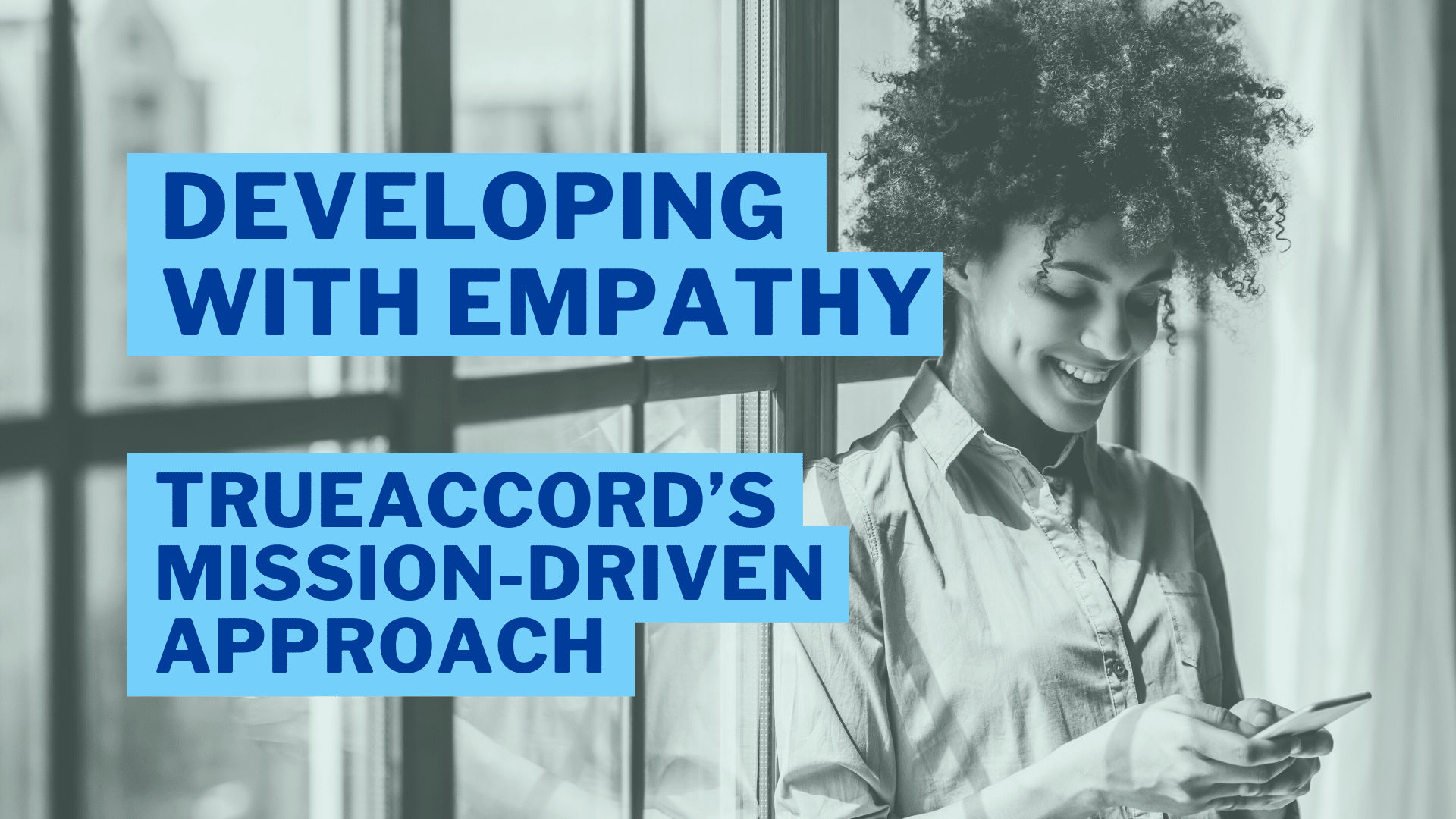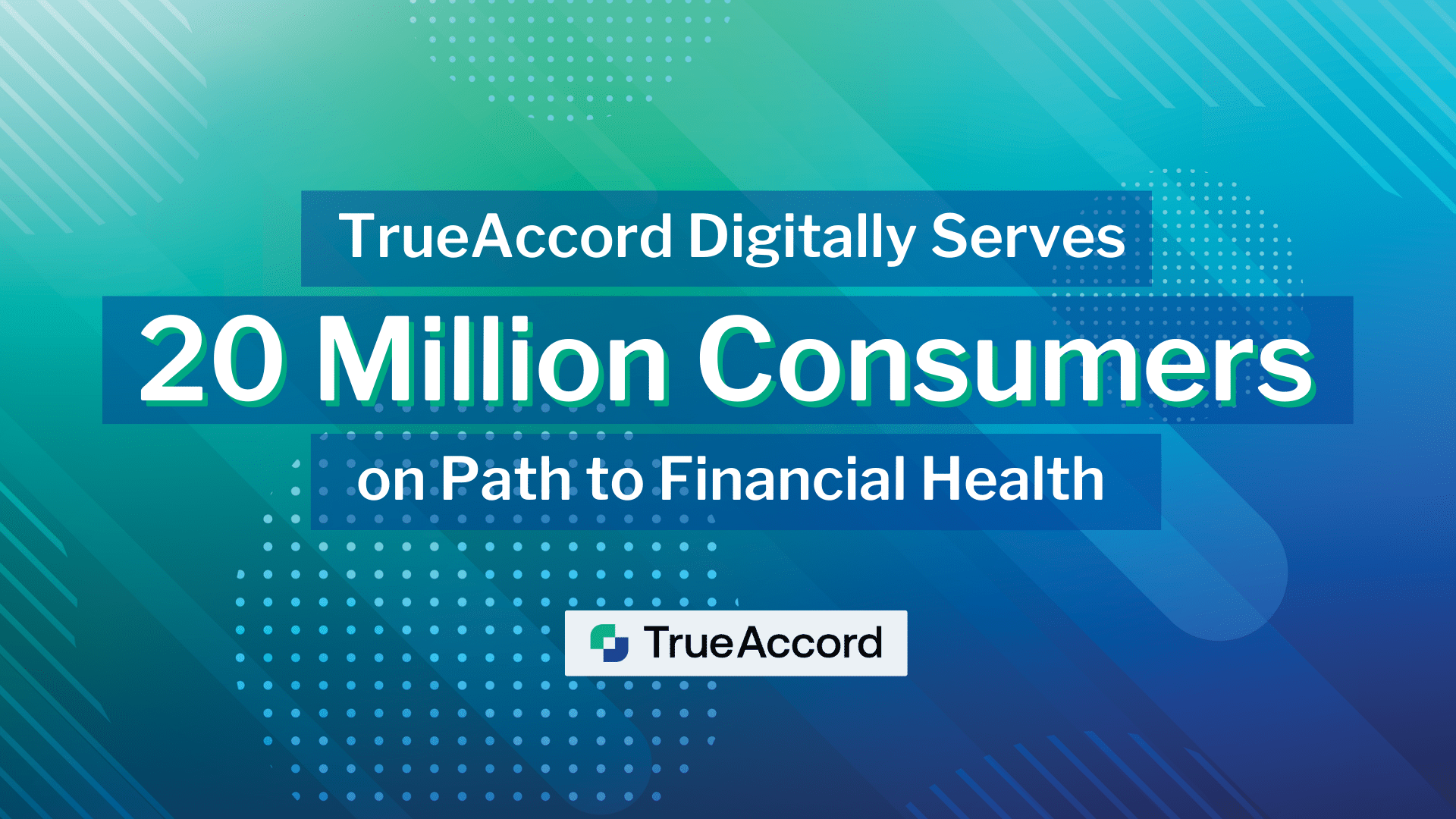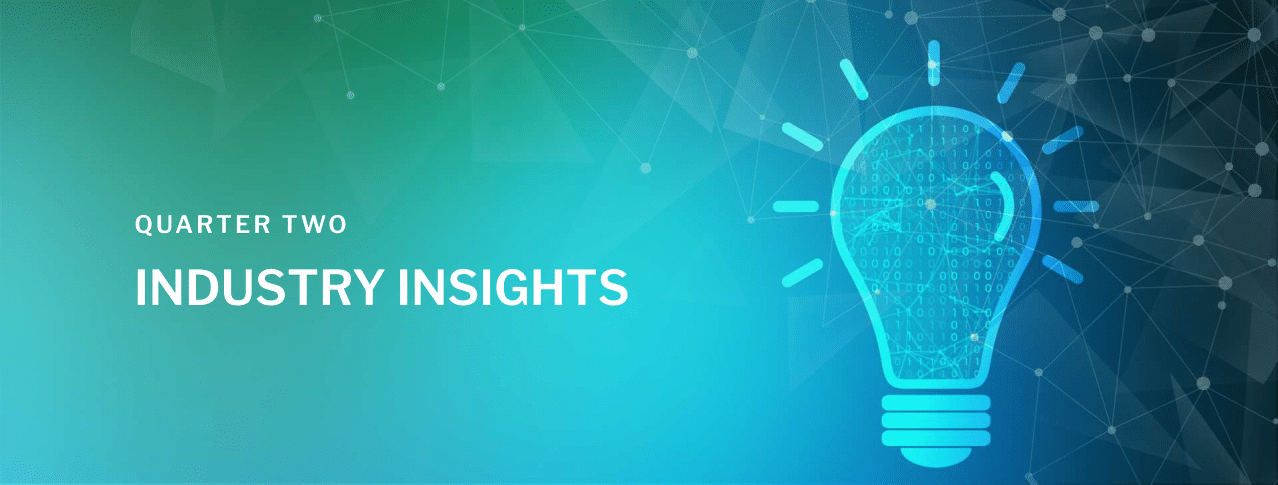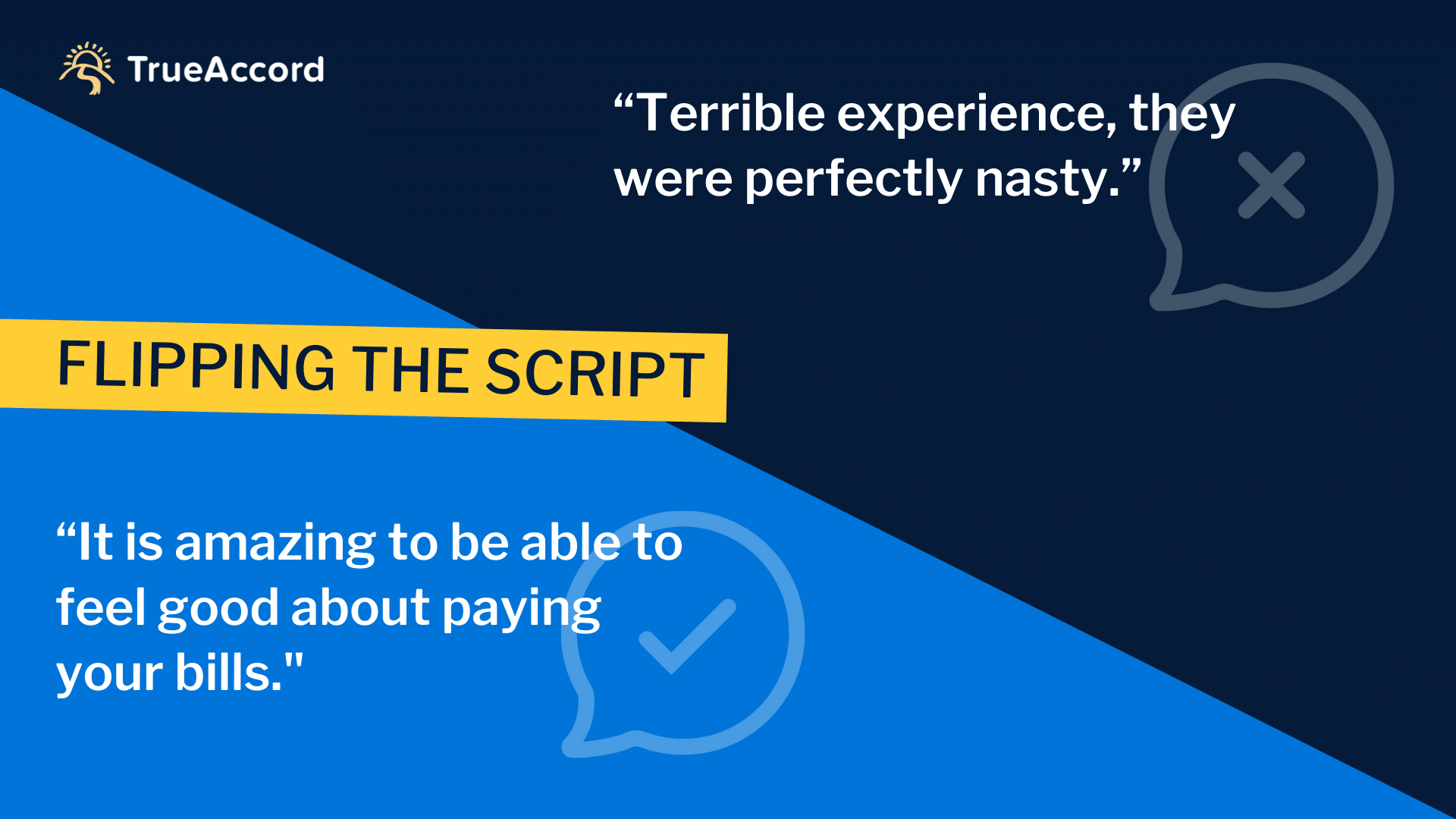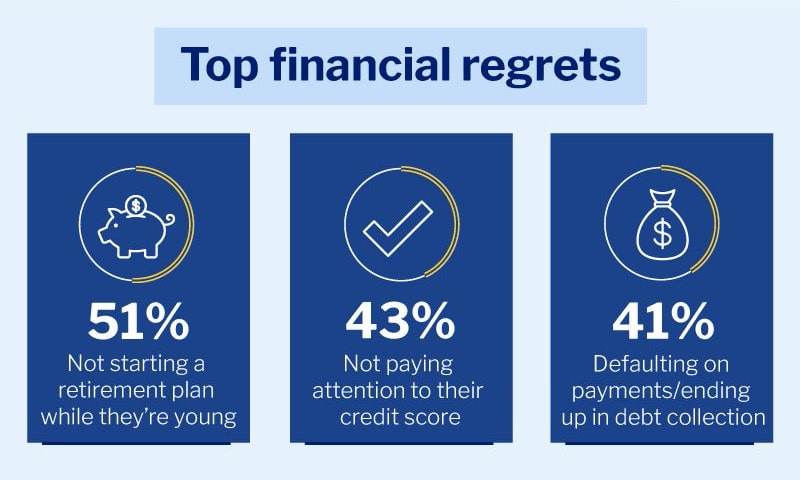
With tumult in the banking industry in Q2 and inflation and economic stressors persisting, the financial outlook for American consumers remains uncertain. The ending of various pandemic-era benefits including the pause on student loan payments will impact consumers in the coming months. Student loan holders hoping for financial relief were disappointed in a Supreme Court decision that rejected President Biden’s plan to cancel more than $400 billion in student loan debt for millions of borrowers. Lawmakers are looking for other relief options, but in the meantime, many consumers will face higher monthly scheduled payments than they can cover, leading to delinquencies across credit types. If you’re a creditor or collector working with financially distressed borrowers, considering consumer situations and preferences when attempting to collect and employing digital strategies to boost engagement are more important than ever.
Read on for our take on what’s impacting consumer finances and our industry, how consumers are reacting, and what else you should be considering as it relates to debt collection in 2023.
What’s Impacting Consumers and the Industry?
High inflation and interest rates hung around in the second quarter of 2023. Inflation continued to ease month over month in May, landing at 4%, which is still double the Federal Reserve’s target of 2%. The CPI rose 0.2% in June on a seasonally adjusted basis, after increasing 0.1% in May, according to the U.S. Bureau of Labor Statistics. The index for shelter accounted for more than 70% of the increase, with the index for motor vehicle insurance also contributing.
In June, after 10 straight rate hikes, the Federal Reserve left the policy rate unchanged at the 5%-5.25% range, to allow time to see impacts from previous rate hikes. But “a strong majority” of Fed policymakers expect they will need to raise interest rates at least two more times by the end of 2023. Showing unexpected resilience despite higher interest rates, a late-June Commerce Department report showed the U.S. economy grew at a 2% annual pace from January through March as consumers spent at the fastest pace in nearly two years despite ever-rising borrowing costs.
In Q2, the pandemic-era benefit around Medicaid came to an end and has impacted more than 1.5 million Americans who lost health insurance coverage in April, May and June. Because only 26 states and the District of Columbia had publicly reported this data as of June 27, the actual number of people who lost coverage through the government’s main health insurance program for low-income people and people with certain disabilities, is undoubtedly much higher. The federal government has projected that about 15 million people will lose coverage, including nearly seven million people who are expected to be dropped despite still being eligible.
On the regulatory front, data protection is making headlines. Updates to the Gramm-Leach-Bliley Act (GLBA), the Safeguards Rule, provide financial institutions, including those in the accounts receivable management industry, with requirements on how to safeguard customer information, went into effect on June 9. The amendments lay out a more prescriptive recipe for the safeguards financial institutions must have in place around collecting, storing and transmitting consumer information. Several states have actively been considering and passing new legislation requiring additional policies, controls, and practices not only in the data security space but also for data privacy and data breaches.
Meanwhile, the Consumer Financial Protection Bureau (CFPB) published a Small Entity Compliance Guide covering the amendments to the Equal Credit Opportunity Act and Regulation B, requiring that financial institutions compile and report certain data regarding certain business credit applications, including examples that explain how the requirements should be applied.
There were also a couple of notable court decisions impacting debt collectors last quarter. First, the 6th circuit court of appeals determined that one phone call under the Telephone Consumer Protection Act (TCPA) is enough to establish standing, meaning the suit is based on an actual or imminent alleged injury that is concrete and particularized and, for the plaintiff in Ward v. NPAS, Inc., to establish a concrete injury.
Second, and in a victory for TrueAccord, the Northern District of Illinois showcased the benefits of digital collection as the court found that receiving an email about a debt is less intrusive to consumers than receiving a phone call. In the Branham v. TrueAccord opinion, the court found that unlike telephone calls, two unwanted emails are insufficient to confer standing and wouldn’t be “highly offensive” to the reasonable person.
Key Indicators and the Student Loan Predicament
According to the New York Fed’s Quarterly Report on Household Debt and Credit, total household debt increased in the first quarter of 2023 by $148 billion (.9%) to $17.05 trillion. Debt increases showed up across almost all categories, with larger balances for mortgages, home equity lines of credit, auto loans, student loans, retail cards and other consumer loans. Looking like an outlier, credit card balances were flat at $986 billion during Q1, but reading between the lines, this is the first time in more than 20 years that there hasn’t been a seasonal outright decline in that category.
And demand for more credit continues, which will drive household debt balances up farther. According to Experian’s June Ascend Market Insights report, new account originations were up 3.5% month over month with related balances up 7.7%. Breaking this down, auto loan account originations were up 0.7%, first mortgages were up 18.2%, while personal loans, HELOCs and second mortgages all grew significantly as well.
Indicators show that delinquency is here to stay. Experian reports that overall 30+ days past due (DPD) accounts showed a 0.4% increase month over month in May. While unsecured personal loan delinquency, which grew quickly in 2021 and 2022, has fallen for the fourth month in a row, this may be due to accounts progressing through delinquency – collections and charge-off rates for unsecured personal loans have grown to nearly 8% of balances. Auto loans, and particularly those in the subprime category, are seeing delinquency rates surpassing levels last seen during the Great Recession, coming in at 1.69% for 60+ DPD in Q1 2023.
Experian also reports that 1% of all consumer accounts rolled into higher stages of delinquency in April, which is in line with pre-pandemic norms and significantly higher than it was during the pandemic. Notably, 0.29% of accounts rolled into a lower delinquency status during May, a sign of collection effectiveness and of the relative financial health of delinquent consumers. This metric is still far below its historic norms and will be an important metric to watch as millions of consumers face higher monthly scheduled payments later this year tied to student loans.
After three years of relief from payments on $1.6 trillion in student debt under the CARES Act, student loan debt is scheduled to begin accruing interest in September 2023, with payments due starting in October. 40+ million borrowers who paid $200 to $299 on average each month in 2019 will soon face the resumption of a bill that is often one of the largest line items in their household budgets.
What’s more, research shows that student loan borrowers used extra space in their budgets during the pause to increase their leverage. Rather than paying down other debts, those eligible for the pause increased their leverage by 3% on average, or $1,200, compared with ineligible borrowers. According to the CFPB, as of September 2022, 46% of student loan borrowers had scheduled monthly payments for all credit products (excluding student loans and mortgages) that increased 10% or more relative to the start of the pandemic.
The CFPB also reports that approximately 2.5 million student loan borrowers already had a delinquency on a non-student loan as of March 2023. That’s an increase of around 200,000 borrowers since September 2022, and that’s still without a monthly student loan payment obligation. This signals that many borrowers aren’t or won’t be in a financial position to repay or will face delinquencies on other loans in order to do so. For a data-driven look into this topic, read our report, “Consumer Finances, Student Loans and Debt Repayment in 2023”.
Consumers Feel a Pinch but Remain Optimistic
As daily life continues to be more expensive for everyone, PYMNTS’ research finds that 61% of consumers lived paycheck to paycheck in April 2023, similar to the year prior. And the data shows that consumers in urban centers are especially feeling the financial crunch, likely due to a connection to cost of living, with 7 in 10 living paycheck to paycheck. Wealthier consumers comprise a growing portion of the paycheck-to-paycheck cohort, with the share of consumers annually earning more than $100,000 who live paycheck to paycheck increasing 7% from April 2022.
The US personal savings rate hovered at 4.6% in May, which is double last year’s record lows but still down significantly from pre-pandemic averages. Easing inflation seems to be improving consumers’ financial outlook, with fewer respondents citing concerns around savings levels, delaying large purchases, and worsening personal financial situations. However, the number of consumers feeling anxious about their job or employment situation steadily increased to 25% in May, up from 18% in February.
According to the Federal Reserve Bank of New York’s May 2023 Survey of Consumer Expectations, the average perceived probability of missing a minimum debt payment over the next three months increased by 0.7% to 11.3% in May. The increase was largest for respondents below the age of 40 with no more than a high school education, and those with a household income below $50k. Additionally, households’ perceptions and expectations for credit conditions and their own financial situations all deteriorated slightly.
For Debt Collection, Digital is Now a Must-Have
While consumers balance budgets amid high costs of living, more and more are using streamlined, digital payment methods. New studies show consumers are embracing the convenience of digital payments via payment portals even for healthcare bills, noting how it can minimize pain points in the payments process. Today, 9 out of 10 customers want an omnichannel experience with seamless service between communication methods, and transacting where it’s convenient for them, on mobile devices, is even better.
According to the Pew Research Center, reliance on smartphones for online access is especially common among younger adults, lower-income Americans and those with a high school education or less. In fact, 87% of TrueAccord consumers visit our web portal from their mobile devices and tablets, not their desktop computers. Choosing not to engage via digital methods can hurt vulnerable populations of consumers who primarily conduct most of their affairs digitally.
If your business has been relying on calling alone for customer communications, it’s time to shift gears to a more effective way of maximizing repayment and conversion rates in a challenging financial environment. For lenders or collectors engaging with distressed borrowers, here are ways digital can boost your efforts:
1. Cost-effective customer communications at scale. When almost all communications with consumers can happen electronically via email and SMS with no human interaction, the cost of agents, who now only manage inbound emails or calls from already engaged customers, is reduced. Lenders that have implemented digital-first solutions have seen their cost of collections fall by at least 15%.
2. Online payment portals. When consumers can make payments online when it’s convenient for them, they’re more likely to repay. Add options like payment plans and flexible payment days to appeal to distressed borrowers and see repayment and liquidation rates improve.
3. Code-based compliance. When compliance is coded into an algorithm that helps make decisions on customer engagement in debt collection, you can ensure that all digital communications fall within federal and state laws and regulations. Compliance built into the code can help prevent costly mistakes especially with the complex patchwork of regulations.



